The 10th fair trade principle: respect for the environment
Welcome to the 10th fair trade principle, where we’ll kick off our series on all 10 of the principles of fair trade! This series will look at each of them in-depth.
Today’s fair trade principle is respect for the environment, which is the 10th fair trade principle. In short, fair trade companies and producers must act responsibly towards the environment. How this looks will vary depending on the producer’s industry (for example, are they soap makers or cotton farmers?). But the principle requires that the producer consider the environment at every step of production.
Let’s look deeper at what this principle really means.
What does respect for the environment mean?
While it seems like a term that everyone just understands, we can define respect for the environment specifically in relation to fair trade. So let’s make sure we’re all on the same page!
Reducing waste during production
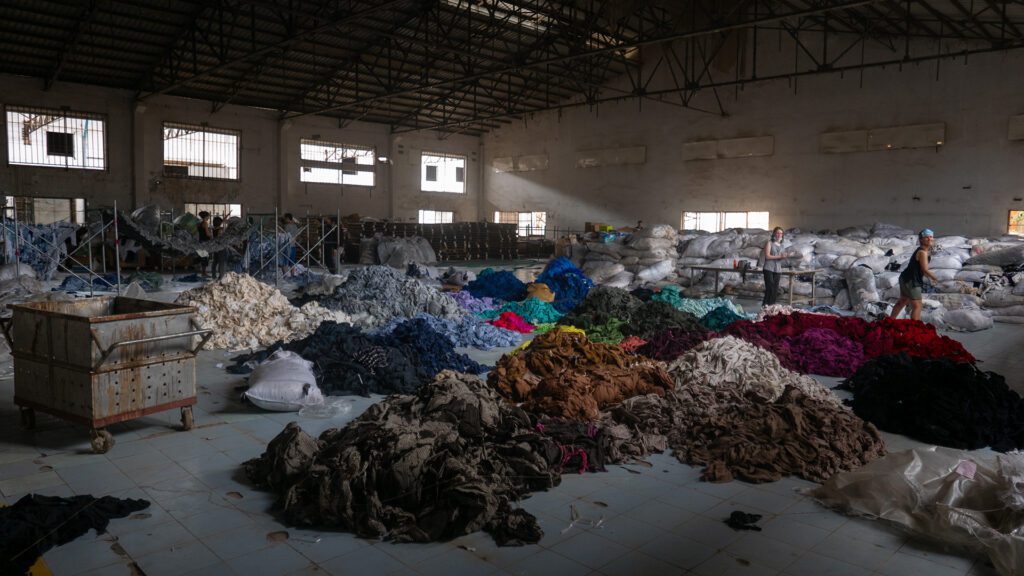
Respect for the environment includes waste reduction. That can happen in a number of different ways, but usually waste reduction is achieved in one of two ways: reducing waste during the actual production, or else using recycled materials to make the products themselves.
If we’re thinking about handmade producers, usually they will reduce waste by using recycled materials and thinking carefully about how they use the materials they have. They may salvage fabric from the garment industry and transform it into new products, for example. Or they may find creative ways to use broken bicycle chains or old tires.
When it comes to agriculture, environmental protection looks very different! The 10th fair trade principle becomes very concrete: don’t waste crop-growing resources! Water is a precious resource and fair trade farmers often re-use water from other processes or rely primarily on rain water. (They may collect it using technology like rain barrels.) Usually they start composting programs. This is helpful because they can use organic waste to create a rich, natural fertilizer for their soil! Two birds with one stone!
Fair trade companies overwhelmingly use compostable or recyclable packaging for their products. Camino, for example, uses a wood resin to make their inner chocolate bar wrappers. While it looks like plastic, it’s fully compostable and still keeps your chocolate bar safe!
Avoiding pollution
Fair trade producers also work hard to avoid pollution as a result of their industry. This applies to solids like plastic waste (a huge problem for our oceans), but also gas emissions and liquids like chemical sprays.
While large, multi-national companies’ plantations often leave agri-chemicals behind, fair trade farmers are not allowed to spray many chemicals at all. If a farmer can control weeds and pests naturally, they must. Fair trade farmers may not allow chemical run-off to pollute the land, water or air. In the case that they have to use chemicals (for example, with persistent pests), they need a plan to make sure that the chemicals are contained.
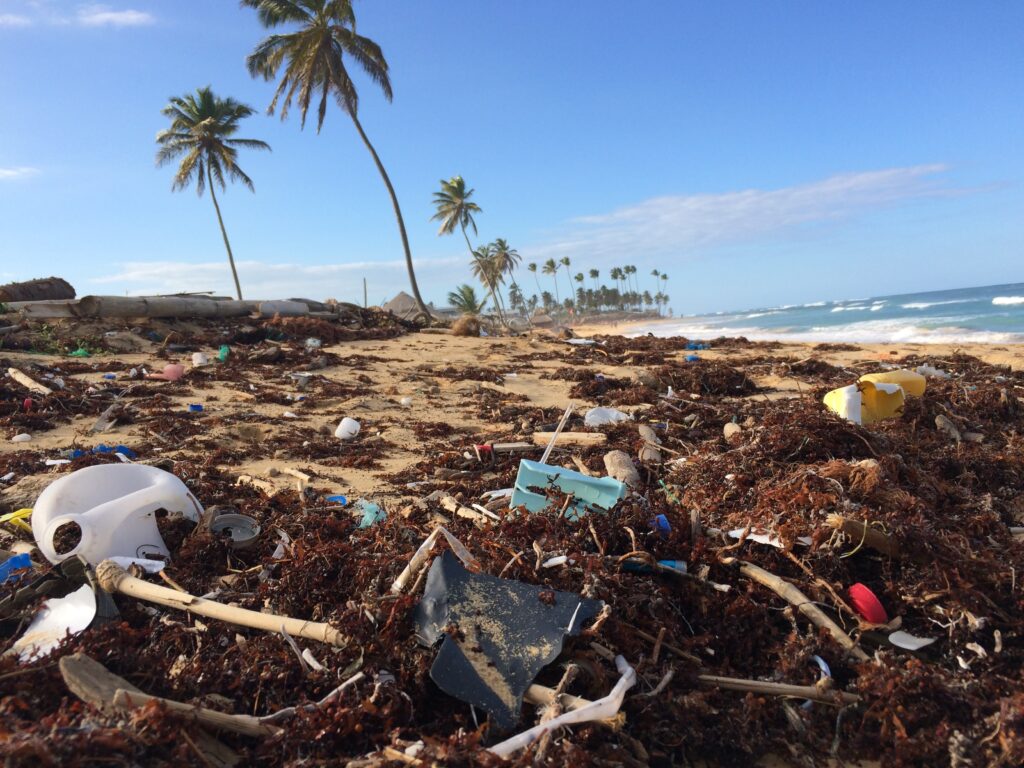
With garments, it’s easy to look the other way, but fast fashion causes a lot of pollution! Making a single pair of jeans uses many gallons of water. It also requires a lot of harmful chemicals in order to process the denim. Meanwhile, fair trade clothing makers typically use natural dyes and traditional methods to colour fabric. Intensive treatments (like the process to make denim) are not favoured in fair trade. Fair trade clothing manufacturers have to ensure that they aren’t putting toxic chemicals into local water supplies.
Preserving natural habitat
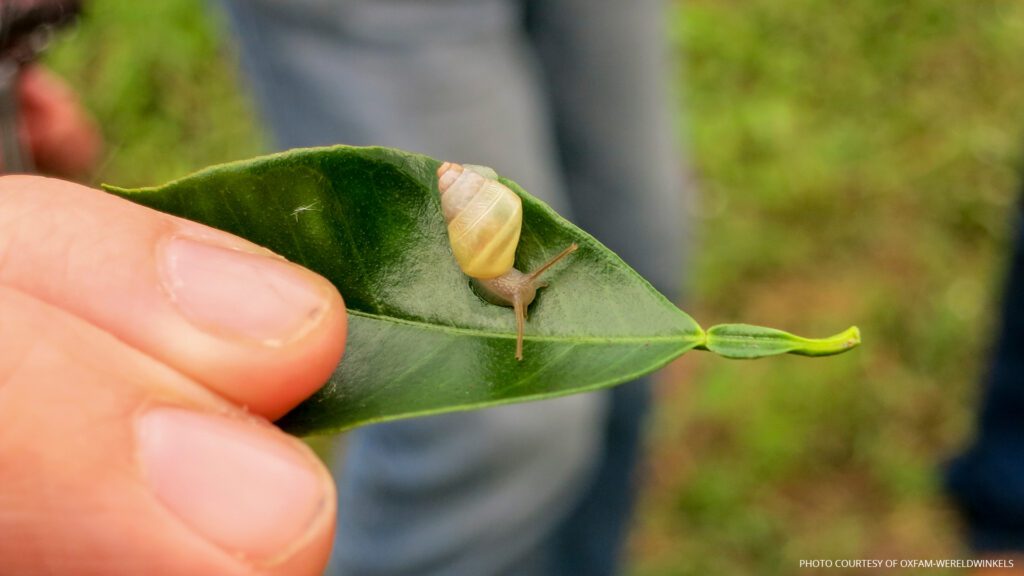
Biodiversity is a big deal in fair trade! Biodiversity is when many types of plants grow together. This creates valuable habitat for small animals and keeps the land healthy.
Clear-cutting land is very bad for the environment. When we clear-cut, about 90% of birds in the area die, as they have nowhere to live anymore. And perhaps even more frightening is the chance of plant disease! If all the plants are the same, when one gets sick, they all get sick. This is why we’ve had several banana extinctions in the past century and had to develop new types.
For handmade producers, maybe that means they can’t use trees to make paper. No problem! Many producers use cotton waste from the garment industry to make recycled cotton paper, for example. This means they don’t need to cut any trees down, and they’re saving waste from the landfill, too!
Why does the 10th fair trade principle exist?
When you read through the ways that fair trade protects the environment, it’s easy to think this should be standard. And it should! But the 10th fair trade principle is included in the 10 principles of fair trade for a reason.
Conventional trade does not consider the environment in the way it should. It has one consideration in its bottom line: profit. Fair trade has what we call a triple bottom line. This triple bottom line looks at people, planet and profit. All three of these things are crucial in a fair trade business model!
Today, we’ve mostly looked at the environmental element, but people are very important, too! (We’ll look at this in a lot of detail in future posts!) And yes, profit matters as well. If a business cannot sustain itself, it will go out of business. Then it doesn’t matter how great it is, because it can’t do any good at all anymore!
In fair trade, the environment isn’t just a thing to extract resources from. It provides a bounty of incredible things, but we also know we have to replenish it. If we take, we must give. We see this in the farmers’ composting programs and the handmade artists’ recycling of existing materials. Fair trade producers give back to the earth and understand its value!
The 10th fair trade principle in action: Level Ground Trading!

Level Ground Trading is Canada’s second-oldest fair trade coffee roaster, and they’re doing amazing work! Level Ground really exemplifies the 10th fair trade principle. They have a very low-waste operation in Victoria, where they have their main facility.
Today, we’ll dive into their waste diversion and other environmental initiatives!
“Landfill-free” policy
Level Ground sends nothing to the landfill. You read that right! Nothing at all has gone to the landfill from their factory since 2004. Now, that’s impressive!
To accomplish this, they have 13 recycling streams in their factory. This is not your standard recycling situation! (In Ottawa, where we’re fairly progressive on waste management, we have only three bins! There’s a “black box” for paper & cardboard, a “blue box” for glass/plastic/metal, and a “green bin” for kitchen waste. That’s it!)
With these 13 recycling streams, Level Ground can divert 100% of their waste so that they send nothing to the landfill! Their streams include soft plastics, hard plastics, refundables and more!
They also make their recycling programs accessible to all employees. You know what that means? All their employees can make their homes landfill-free too if they like! How cool is that?!
Enriching local farms
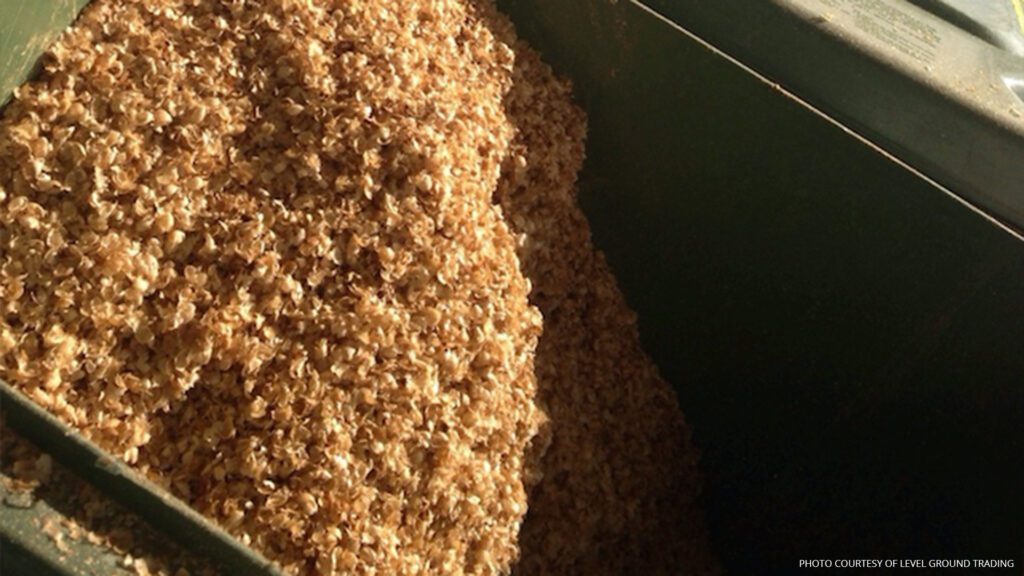
As primarily a coffee roaster, Level Ground has to consider the waste generated by the coffee-roasting process. After all, the 10th fair trade principle requires it!
One of the main waste products from coffee roasting is called coffee chaff. It’s a thin, papery layer on the green beans that falls off once the beans are roasted. It’s light brown and fluffy, and looks almost like sawdust. And perhaps even more importantly, it’s very rich in carbon! It makes wonderful “brown matter” for compost piles.
That’s why a local, organic farm stops by a few times a week to pick up the coffee chaff from Level Ground! They take it to their farm, where they add other ingredients to make an all-natural, nutrient-rich, compost-based fertilizer for their farm!
Even the smallest bit of organic matter can make a real difference when you’re roasting a million pounds (literally!) of coffee a year. Now, this is what we call a win-win program!
Green commuting incentives
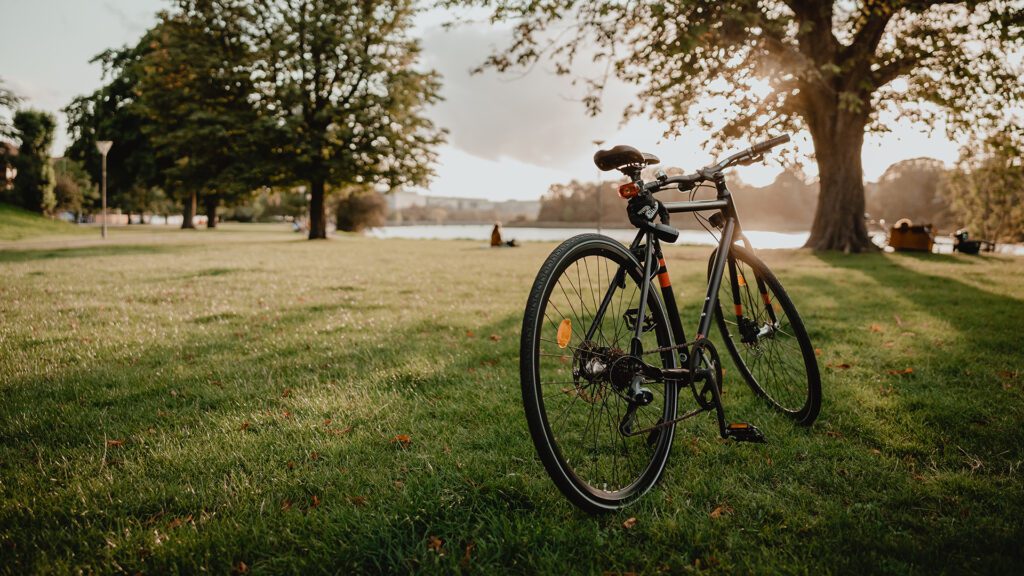
The way we run our businesses includes how we treat our staff. But how about the way they get to work?
Level Ground financially incentivizes its employees to take a bicycle, carpool or public transit to work. As in, you get a bonus if you ride your bike to work instead of driving your car with just you as the passenger!
And employees who use electric vehicles are in luck! Just outside their facility, Level Ground provides two electric vehicle chargers that are free to use for any employee who wants to charge their vehicle!
Reducing fuel consumption
Because they need to roast a literal million pounds of coffee a year, Level Ground has its three roasters running almost constantly. To make that possible, they need fuel, and that fuel is natural gas. So when they were selecting a roaster, they had to consider how much fuel it used.
They selected their roasters carefully, and they use a lot less fuel than most industry-standard roasters. This way, they could reduce their fuel use while also roasting incredible coffee!
In 2020, they installed a central oxidizing unit (aka afterburner), which is a fancy machine where they direct all of the hot air from their roasters. Not only does it trap emissions so they’re not released into the atmosphere, it also harnesses the heat released by the roasters. This heat is then redirected back into the roaster and re-used.
This facility upgrade has led to a 43% reduction in their natural gas use! That’s 43% less fuel they need to consume to roast the exact same amount of coffee since installing the afterburner. I’d call that a pretty big reduction in their carbon footprint!
Prioritizing an organic business model

Level Ground has been working with coffee farmers since their beginning (in 1997) that grow their coffee organically. The coffee grows on biodiverse hillsides, where they are shaded by taller trees that bear fruit, for example.
These farmers do not spray agro-chemicals on the crops, and that also includes the dried fruit and other products that Level Ground sells.
Working with only organically-grown produce is a huge environmental boost. As we discussed above, agro-chemicals can be really dangerous to workers, wildlife and the planet. By encouraging biodiversity and using natural pest control methods, farmers can grow strong plants without spraying them with chemicals.
That’s great news for workers, the planet and even the end consumer!
Thank you so much for joining me for this deep dive into the 10th fair trade principle (respecting the environment)! I hope you’ve learned something, and have a better understanding of why fair trade makes a real difference.
If you have questions, please let me know in the comments! I’d love to discuss this topic further with you!
Next time, we’ll talk about the 9th fair trade principle, which is promoting fair trade. It’s a fascinating principle that I’m excited to share with you, so I look forward to seeing you then!
In solidarity,
Lia

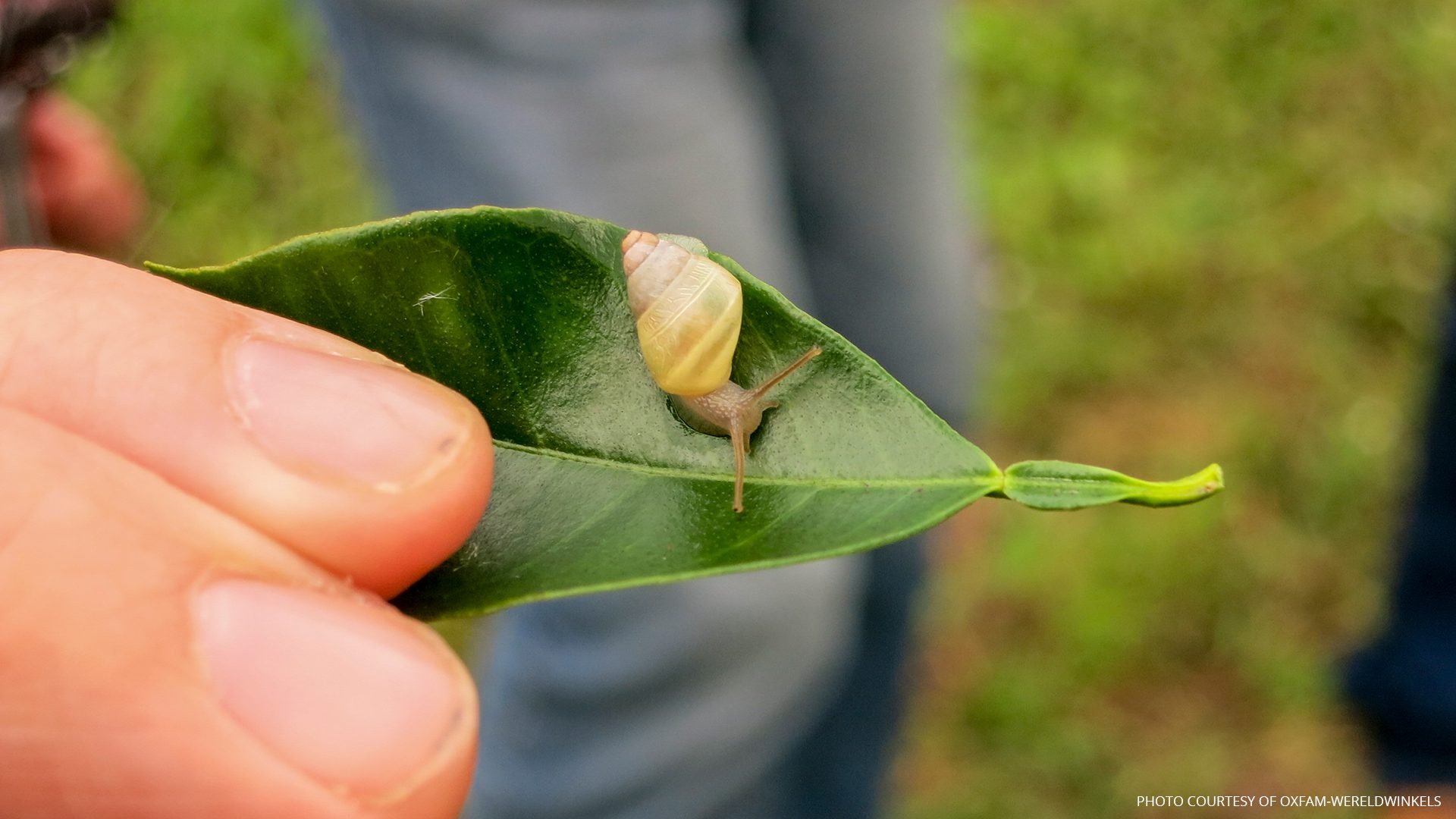
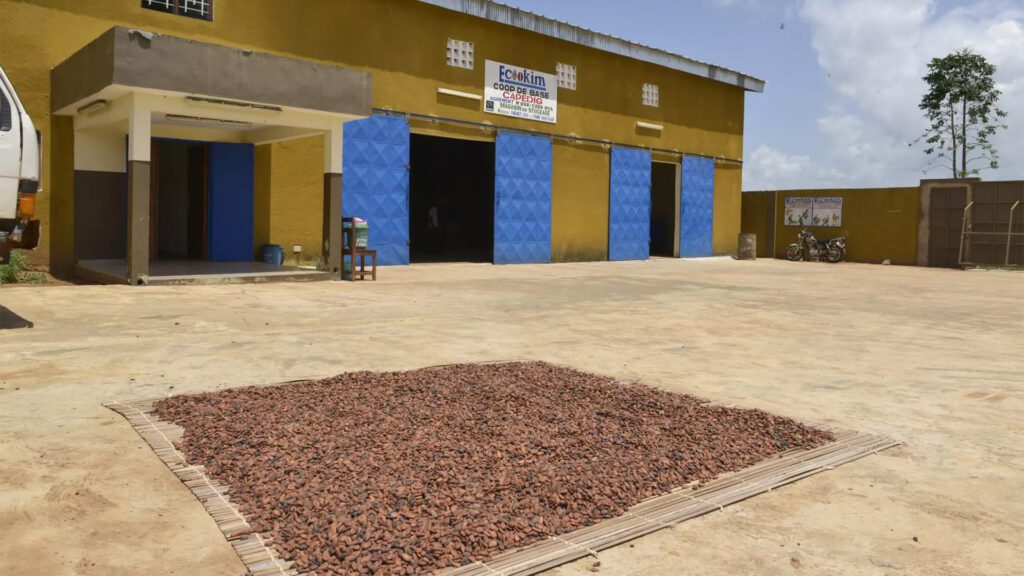

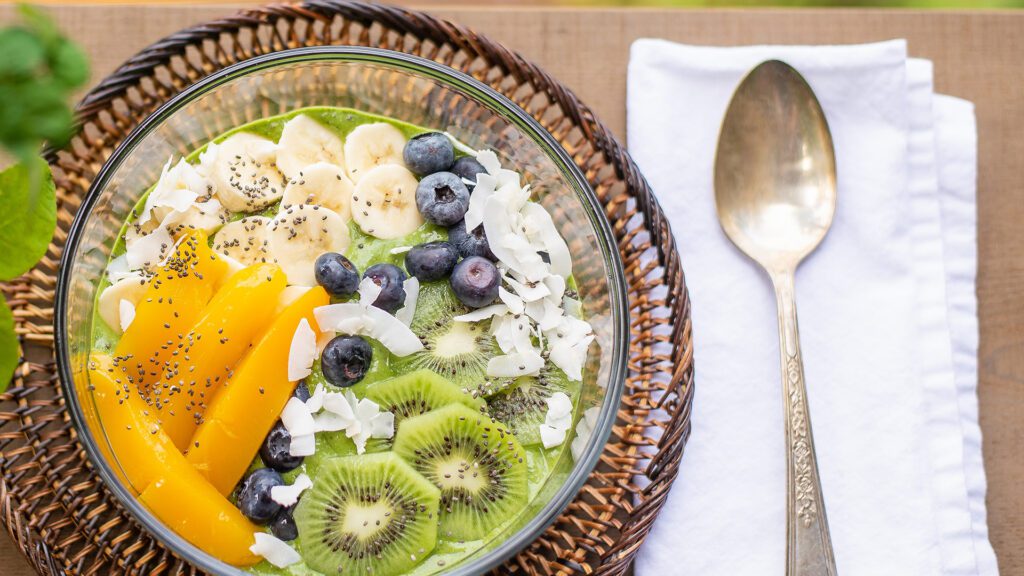

[…] Today we’re talking about the 9th fair trade principle, which is promoting fair trade. It’s the second in our countdown series of deep dives into the 10 principles of fair trade, set forth by the World Fair Trade Organzation! (If you missed the first post in this countdown series, start with the deep dive into the 10th fair trade principle here!) […]
[…] Trade. This is the third post in the series, so if you missed the others, you can start with the 10th principle: respecting the environment. Or if you caught that, but not the second post, last week we talked about the 9th principle: […]
[…] In-depth blog post on respect for the environment: https://rosettefairtrade.com/the-10th-fair-trade-principle-respect-for-the-environment/ […]